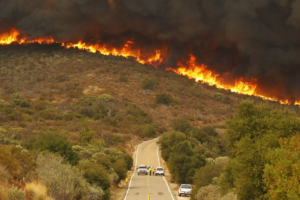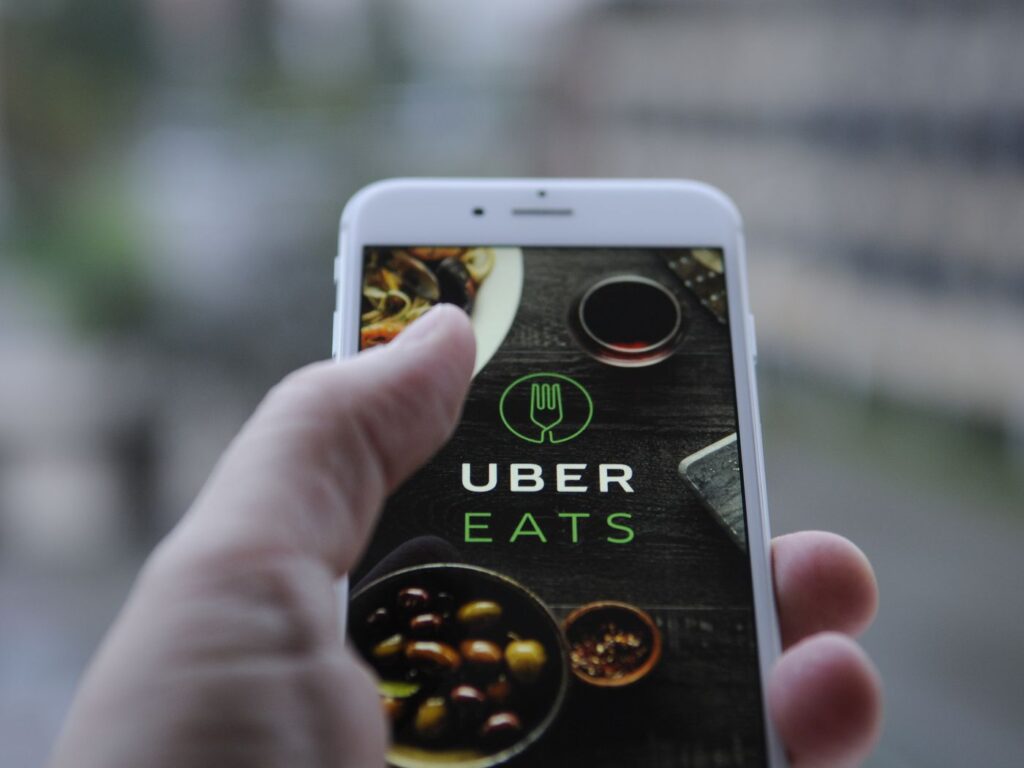As businesses have had to adjust how they transact with patrons in an effort to curb the spread of the novel virus, on-demand delivery drivers — classified as essential workers — have emerged unsung heroes.
Without the ability to tap into the burgeoning this workforce of the gig economy, some businesses would not have been able to generate positive cash flows as they shifted to delivery in lieu of in-person shopping and dining.
Supermarkets, pharmacies and countless e-commerce businesses have seen a steady uptick in transactions that are powered by on-demand delivery drivers as their products complete the last mile in the value chain.
Rideshare companies have made headlines for disputes over the classification of their drivers (employees vs. independent contractors), and the rising demand for their delivery services has illuminated a sobering insurance gap in this space.
When Uber and Lyft first came of age, a series of accidents compelled state and local governments to respond to this emerging risk by adopting a mandatory commercial insurance requirement for the transportation network companies (TNCs).
The TNC Model Act to regulate insurance requirements was established by the National Conference of Insurance Legislators (NCOIL) and has been adopted in various forms in all states except for Oregon. The TNC insurance requirement does not apply to the property transportation network companies (PTNCs) in the on-demand delivery space.
The well-established exclusionary language in a standard personal automobile policy against delivery of goods, coupled with the prescient warning from the lessons learned from the lack of coverage in the ridesharing space, should further intensify the call to action for much needed regulatory oversight.
As drivers are signing up with the on-demand delivery platforms, they are able to easily sign up with their personal auto insurance identification card; although they are reminded that their personal auto policy may not cover such risk exposure.
While Uber Eats has modeled its insurance coverage for its delivery drivers to be consistent with its ridesharing coverage, most of the PTNCs either provide no coverage during the course of the transaction or only afford excess coverage while the driver is en route to effectuate the delivery.
Due to the dynamic nature of on-demand delivery risk exposure, there is a paucity of options available for drivers with a personal auto policy. Unlike the now ubiquitous rideshare endorsement available to rideshare drivers in a personal auto policy, very few carriers are offering an on-demand delivery rider to cover this emerging exposure.
On-demand delivery and rideshare are not homogeneous risk exposures.
The latter can be bifurcated favorably from the former based on radius restriction and the absence of additional personal injury exposure. Nevertheless, the on-demand risk exposure presents an arguably higher physical damage exposure as vehicles are left unoccupied (possibly double parked in some areas) when the delivery is being made.
Rideshare and on-demand delivery are two sides of the same coin. It is widely reported that platform-crossover is very common. Thus, it’s not quixotic for a driver to go from being insured to uninsured in a matter of minutes.
While the macroeconomic pressures caused by this pandemic will abate as we transition out of this new normal, businesses may experience a permanent shift in consumer behavior as on-demand delivery continues on its meteoric trajectory. Despite its deficiency (the lack of physical damage in phase 1), the TNC mandatory commercial insurance regulation can serve as a blueprint for regulators to protect the public interest.
The intricacies of how drivers are covered in the gig economy ecosystem will continue to be a source of significant confusion for all stakeholders until drivers are fully protected. It is essential that regulators put mandatory insurance requirement on the “menu” for the PTNCs to protect not only the delivery drivers, but the other drivers who are sharing the road, and the public. &
Source: Risk & Insurance
LinkedIn
Twitter
Facebook

Marsh Names Megan McClellan as Southeast Zone Leader
April 19, 2024
In a recent industry move, Marsh has appointed Megan McClellan as Southeast Zone Leader, effective immediately. Based in Washington, D.C., McClellan will report to Pat Donnelly, President of U.S. and Canada at Marsh.

Tokio Marine and Trans Pacific Insurance Latest Providers to Exit California; Homeowners Lose Out
April 19, 2024
Thousands more Californians are set to lose their home insurance this summer as two insurers, Tokio Marine and Trans Pacific Insurance, exit the state.

Rainbow Partners with First Connect for Restaurant Insurance Solutions
April 19, 2024
Rainbow, a provider of insurance solutions for restaurants, has formed a partnership with First Connect, a platform offering independent agents access to carriers and managing general agents (MGAs).








